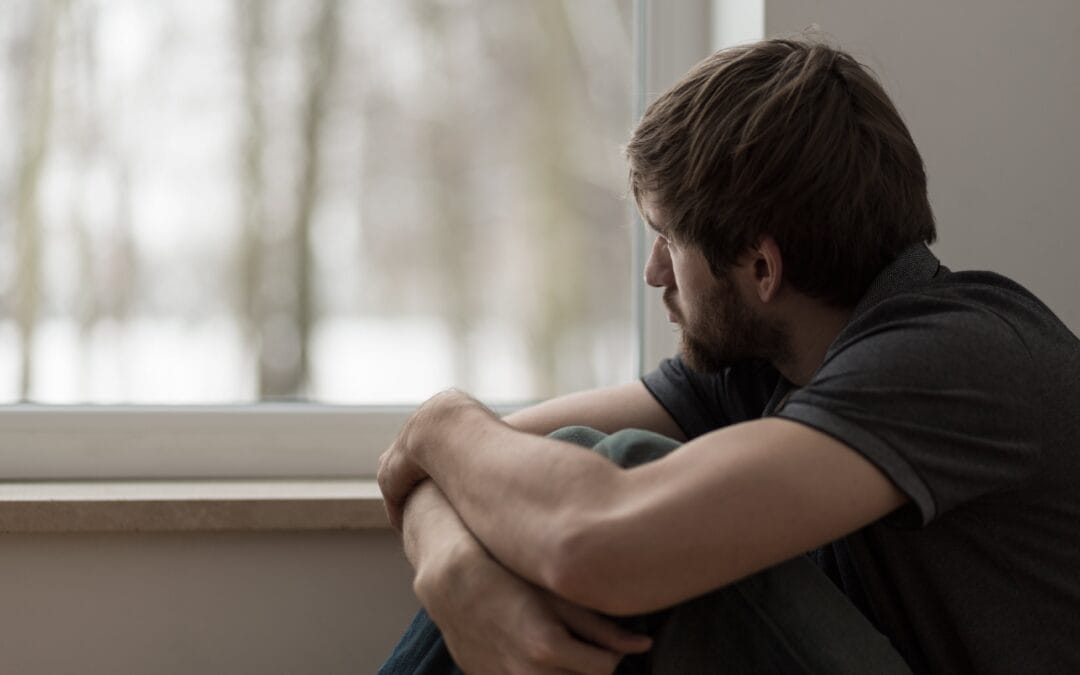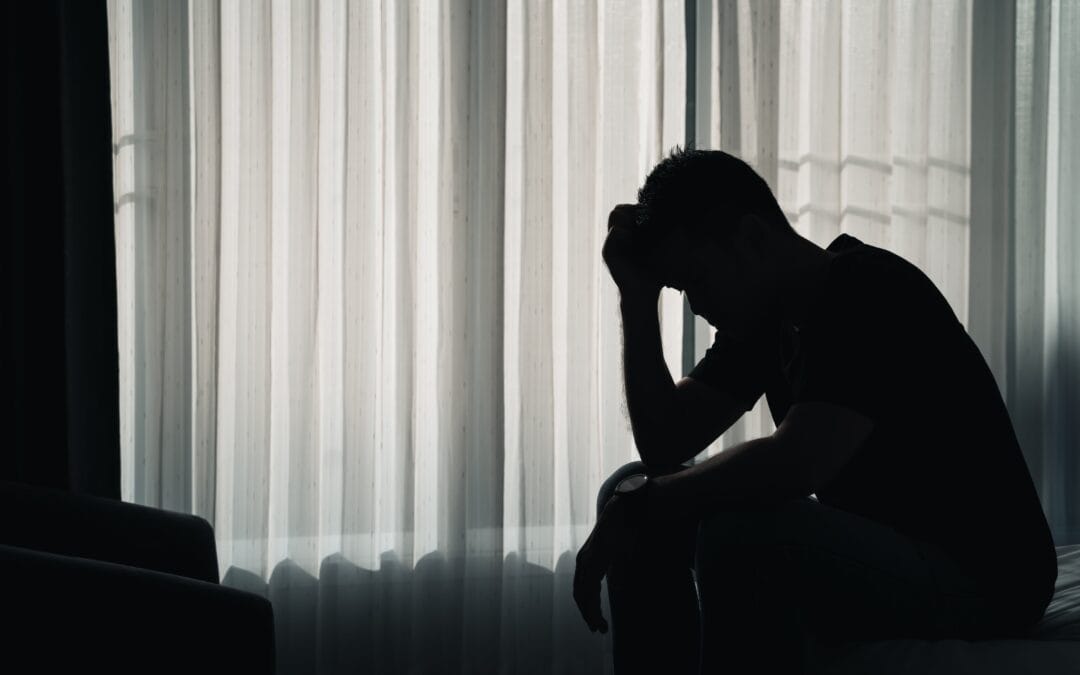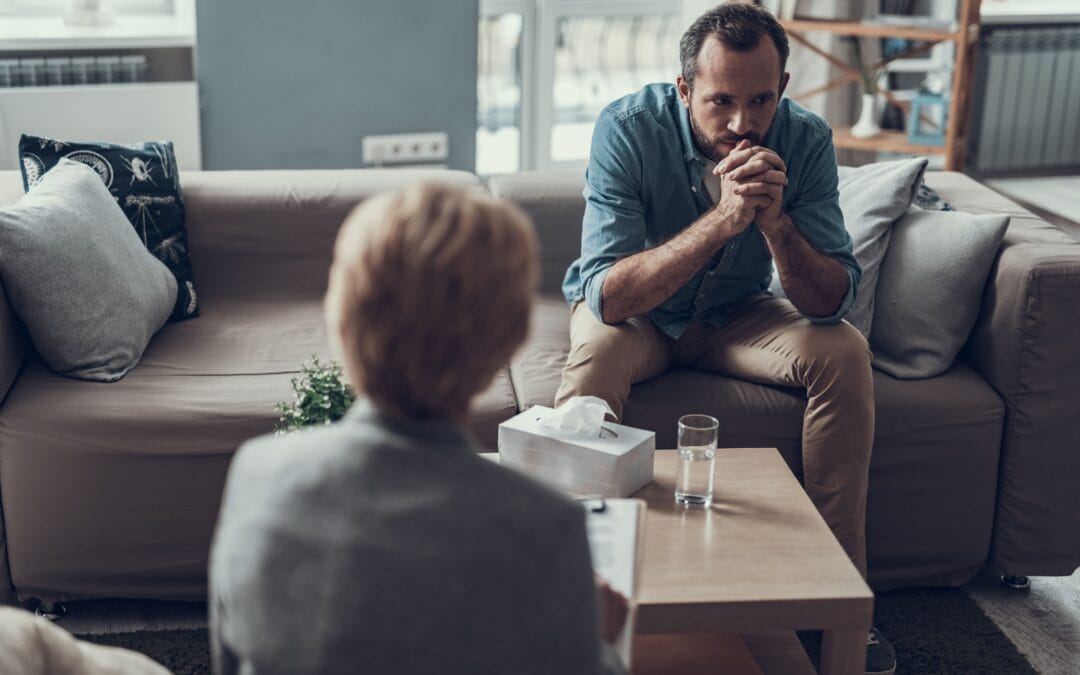How Long Do Alcohol Cravings Last?
Alcohol use doesn’t carry the same stigma as drug use. Reasons may include the fact it’s legal across the country for adults to consume, is often glamorized in film and on television, and has become a staple in many homes. In fact, many of us are accustomed to having a drink or two while at dinner, when celebrating, watching sports, or after a particularly stressful day. And those habits are OK when alcohol is being consumed in moderation — unfortunately, many Americans’ usage exceeds what most experts deem moderate. According to the 2021 National Survey on Drug Use and Health, 28.6 million American adults ages 18 and older had an alcohol use disorder within the year prior. Sadly, nearly 900,000 adolescents between the ages of 12 and 17 also battled the same problem.
Though some people attempt to quit by going cold turkey without professional help, the most effective means is undergoing treatment, which typically includes counseling, behavioral therapy, and social interactions with peers experiencing the same struggle. No matter the route a person takes on the road to recovery, it’s likely that they will encounter cravings to use again throughout the process. If you’ve been wondering how long alcohol cravings last during recovery, read on as we dig deeper into the topic.
Why Do Cravings Occur During Recovery?
Before we answer the question about how long alcohol cravings last, we thought it might be helpful to explain a bit about why cravings occur. In a perfect world, once someone quits alcohol, the urge to pick up another drink wouldn’t be a concern ever again. Unfortunately, that’s unrealistic, and the reason can be found in our brains.
While people misuse or abuse alcohol for various reasons, the desire to deal with stress and dull physical or emotional pain is a common denominator for many. Alcohol’s influence on the brain is potent, interacting with the pleasure and reward center to increase “feel good” chemicals like dopamine.
As an individual continues using regular, large amounts of alcohol, the brain adapts and eventually requires an increasingly greater influx of alcohol to deliver a pleasurable response. However, as the National Institute on Alcohol Abuse and Alcoholism (NIAAA) reports, this can ultimately backfire: “For example, research shows that over time, drinking to cope with stress—while it may provide temporary relief from emotional discomfort—tends to enhance negative emotional states between bouts of alcohol consumption.”
The more a person drinks, the greater the chance of their brain structure and function becoming altered. Those changes, the NIAA writes, “can endure long after a person stops consuming alcohol, and can contribute to relapse in drinking.” In response, the user will often turn to alcohol again to address that emotional distress, which leaves them in a vicious cycle prone to harm their short- and long-term health.
Cravings can also occur when a person encounters specific triggers connected to previous alcohol use or because of habits the person has formed. If the person is accustomed to drinking every time they go bowling, it’s not unusual for that urge to return each time they take part in the activity. The same goes for triggers, like feelings of stress or anger. Someone who typically addresses these situations with alcohol will feel the need to do the same in the future, despite their best intentions to abstain.
How Long Do Alcohol Cravings Last?
Now that you know why someone might have alcohol cravings — even after they quit drinking and are on the road to recovery — you’re probably wondering how long those cravings can last. The first thing you should know is that there are different types of cravings.
The first type is associated with acute alcohol withdrawal, or the period when the brain struggles to overcome a sudden lack of alcohol. Acute alcohol withdrawal brings with it a variety of symptoms, from sweating to muscle aches, fevers to seizures — and cravings. During this period, the person will experience cravings because the brain and body desperately want to return to what it considers to be a normal state. Each person is different, but acute alcohol withdrawal symptoms usually begin within hours after the last drink and subside one to two weeks later.
The next stage, post-acute withdrawal syndrome (PAWS), can last considerably longer. Though someone going through PAWS is less likely to have physical symptoms like nausea, the emotional and psychological symptoms will remain strong. During this period, the brain’s chemistry is actively working toward restoring itself and repairing the damage from alcohol use. But again, because each person’s recovery is unique, it’s impossible to say how long cravings during PAWS will persist. These cravings can last weeks or months for some, while others have them for years. Cravings can even linger in certain situations for the rest of someone’s life. This reality underscores the importance of undergoing treatment where one can discover and address the root cause of their alcohol use and learn proper coping mechanisms to resist the urge to use in the future.
Tips for Managing Alcohol Cravings
As mentioned, the most effective way for someone struggling with an alcohol use disorder to quit and avoid the temptation of relapsing is to complete a structured treatment program. However, we wanted to share a few best practices for navigating cravings as they arise, whether you’re new to recovery or a longstanding member.
When a craving occurs, recognizing and acknowledging it is essential in resisting the urge and achieving long-term abstinence. Meditation, focused breathing, yoga, light stretching, and other mind-body practices can help you successfully manage stress and cravings.
Making the most of positive distractions is another helpful tip. When an urge to drink strikes, find a replacement activity that is both fulfilling and healthy. Only you will know what distraction works best for you, but some of the most common include exercising, calling a friend, reading a book, or doing a puzzle.
Last, avoiding situations that may trigger your desire to drink is best. For instance, if drinking was part of your routine whenever you went to live sporting events, stick to watching at home in an environment where you’ll have more control.
Let Us Help
If you or someone you love is ready to quit drinking, Midwest Recovery Centers can help. Contact us today to learn more about our residential detoxification center and treatment program designed specifically for alcohol addiction.
Reviewed and Assessed by
Taylor Brown, B.A.Com., CADC
Tim Coleman, M. of Ed.




